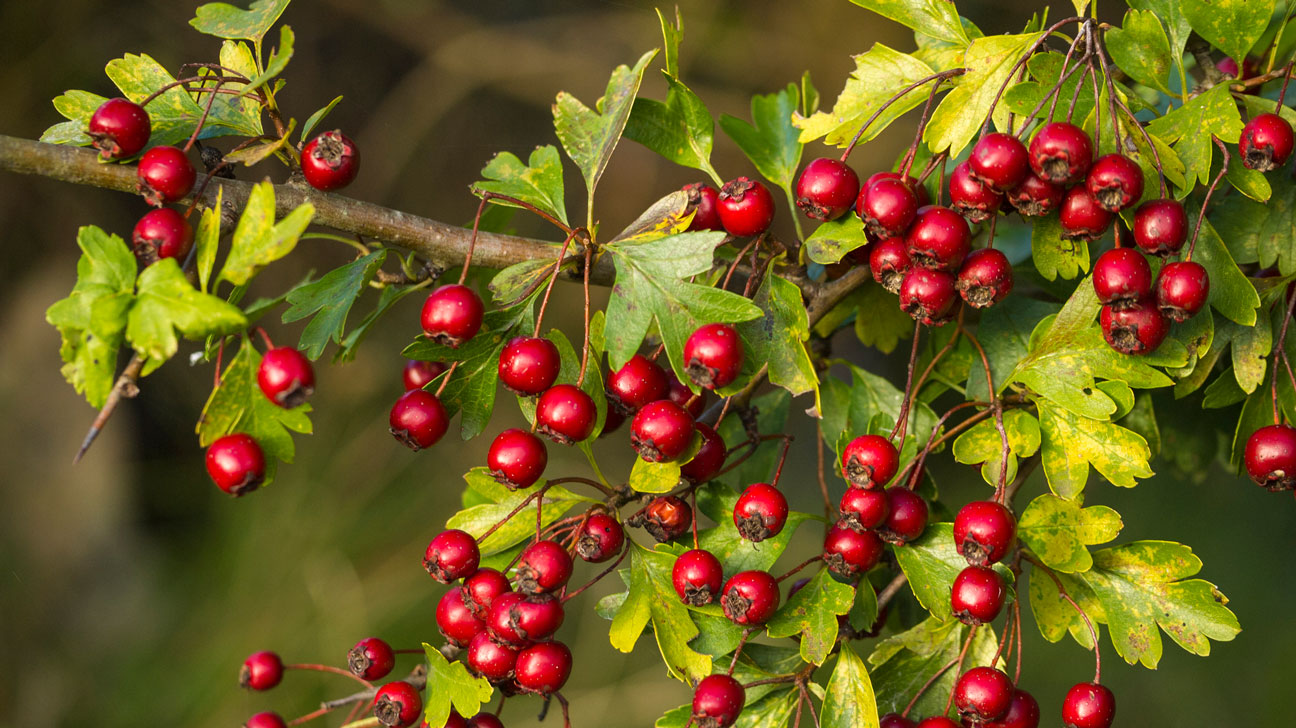
Hawthorn Berry and How It Helps Acne
What is Hawthorn Berry?
Hawthorn berries are the fruit of the hawthorn tree (Crataegus), a thorny shrub or small tree that belongs to the rose family (Rosaceae). These berries are small, typically red, but they can also be black or yellow.
Hawthorn berries have a long history of traditional use for their potential health benefits. Some of the key uses and properties of hawthorn berries include:
- Cardiovascular Health: Hawthorn berries are often used to support heart and circulatory health. They are believed to help dilate blood vessels, improve blood flow, and potentially lower blood pressure. This makes them a popular remedy for conditions like angina (chest pain), heart failure, and high blood pressure.
- Antioxidant Properties: Hawthorn berries are rich in antioxidants, including flavonoids and proanthocyanidins, which can help protect cells from damage caused by free radicals. Antioxidants are important for overall health and can help reduce the risk of chronic diseases.
- Digestive Health: Hawthorn berries have been used to aid digestion and relieve digestive discomfort. They may help with indigestion, diarrhea, and other gastrointestinal issues.
- Mild Sedative: Some people use hawthorn berries as a mild sedative to alleviate symptoms of stress and anxiety.
- Skin Health: Topical preparations containing hawthorn extracts are sometimes used to address skin conditions such as eczema and other forms of dermatitis.
How Hawthorn Berry help with acne
Hawthorn fruit extract is rich in natural compounds, antioxidants, and anti-inflammatory properties. Not only can it kill harmful bacteria that cause breakouts, but it also helps prevent damage and helps reduce inflammation, redness, and signs of aging.
Hawthorn berries offer a multi-faceted approach to supporting skin health and potentially addressing acne-related concerns:
- Reduction of Inflammation: Acne is characterized by inflammation in and around the hair follicles and sebaceous glands, leading to the formation of pimples, pustules, and cysts. Free radicals and oxidative stress can exacerbate this inflammatory response. The antioxidants in hawthorn berries help quell inflammation by neutralizing free radicals, which may lead to a reduction in the redness and swelling associated with acne breakouts. A less inflamed environment can be conducive to the healing and repair of damaged skin cells.
- Protection from Bacterial Infections: Acne can be aggravated by the presence of bacteria, which is known to play a role in the development of acne lesions. Antioxidants found in hawthorn berries may help combat this bacteria, reducing its impact on the skin and preventing the formation of new acne lesions. By limiting bacterial growth, antioxidants contribute to a healthier skin environment.
- Minimization of Scarring: The inflammatory response in acne can sometimes result in scarring and tissue damage. Antioxidants support the skin's natural healing process by minimizing the extent of scar formation. By encouraging the repair of damaged skin cells and promoting collagen production, antioxidants can aid in reducing the long-term effects of acne, such as post-inflammatory hyperpigmentation and scars.
- Balancing Sebum Production: Acne often involves excessive sebum (skin oil) production, which can clog pores and contribute to the formation of pimples. Antioxidants assist in maintaining the balance of sebum production by regulating the activity of sebaceous glands. This can potentially result in fewer clogged pores and a decreased likelihood of new acne lesions.
- Overall Skin Health: Beyond its direct effects on acne, a diet rich in antioxidants from hawthorn berries can enhance overall skin health. By protecting skin cells from oxidative damage, antioxidants help maintain the skin's vitality, tone, and texture.
A well-rounded skincare routine, a balanced diet, and lifestyle practices that reduce stress can all complement the potential benefits of hawthorn berries in managing acne and promoting clear, healthy skin.






